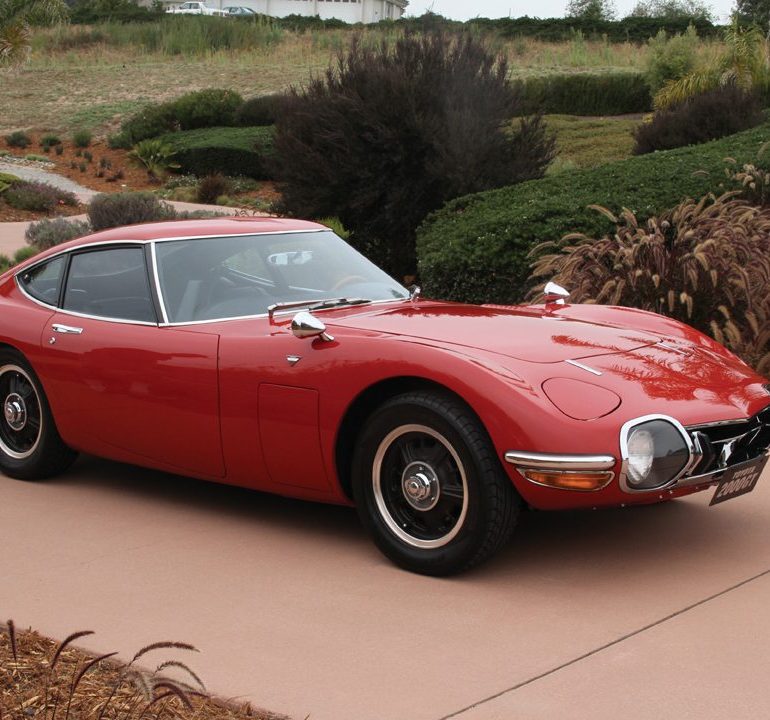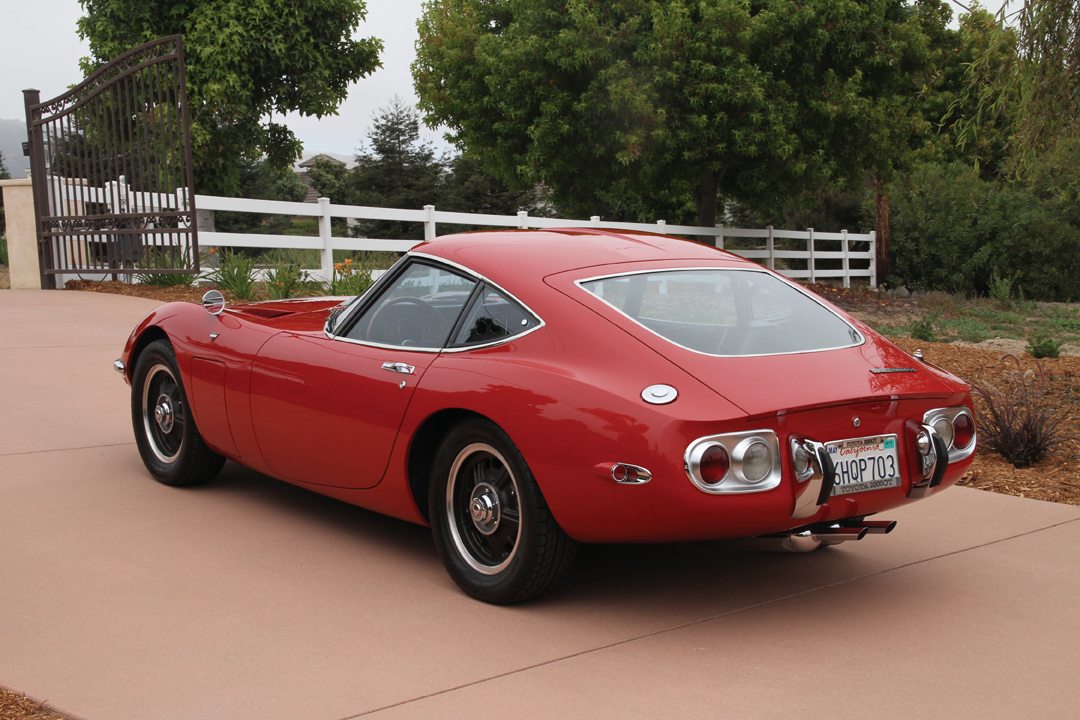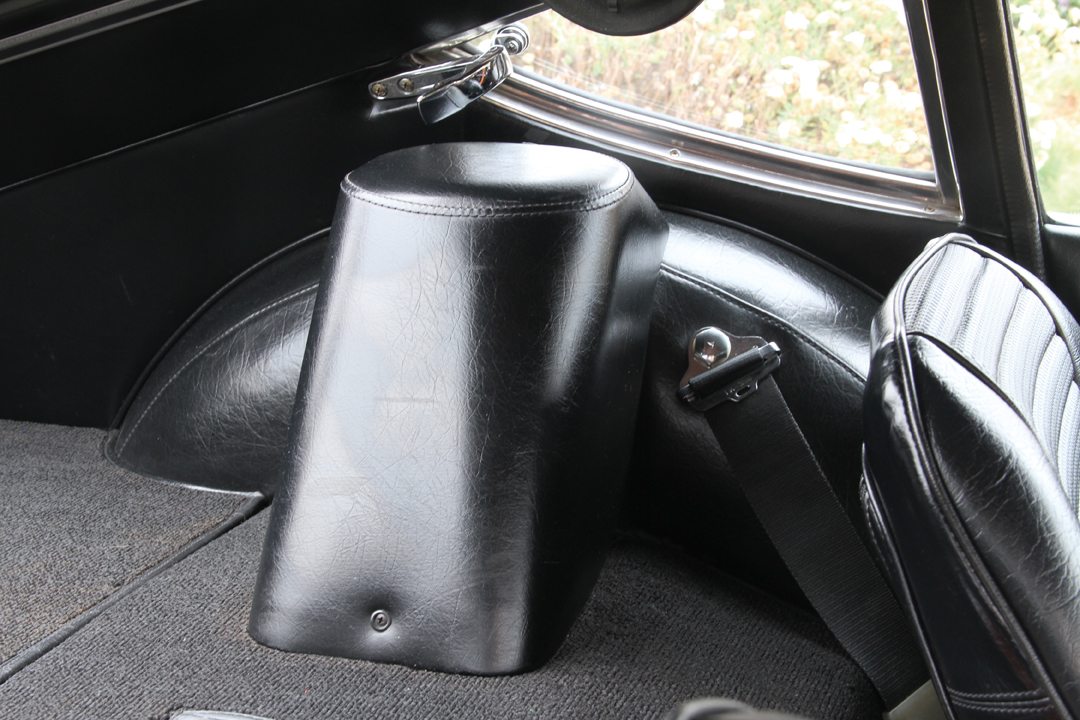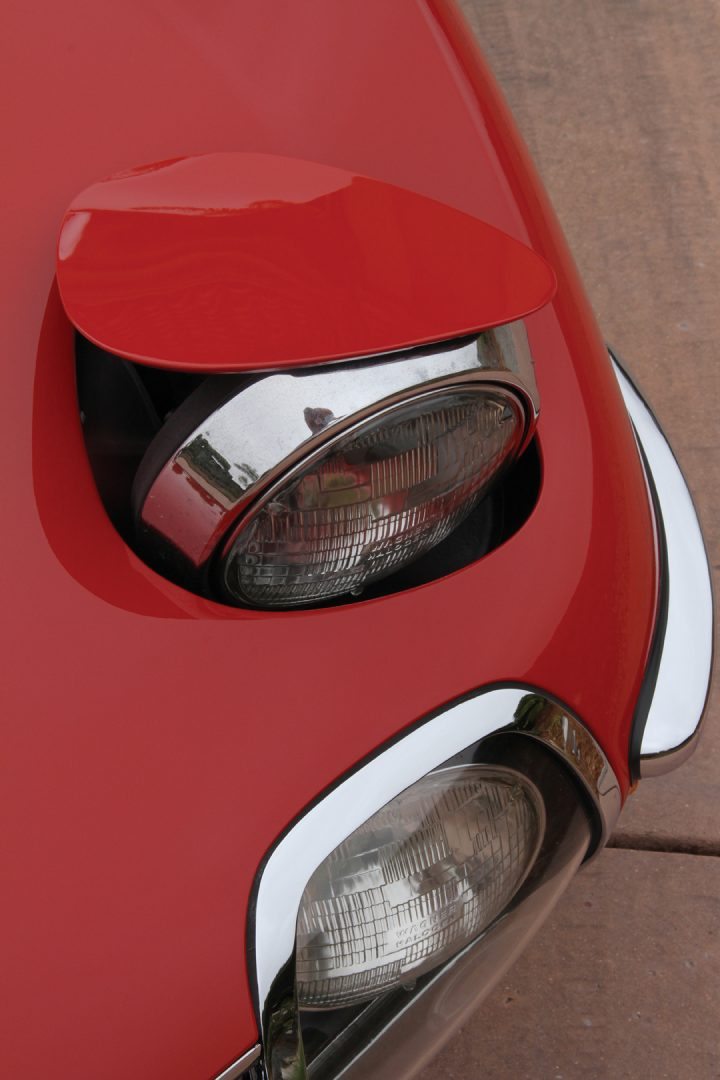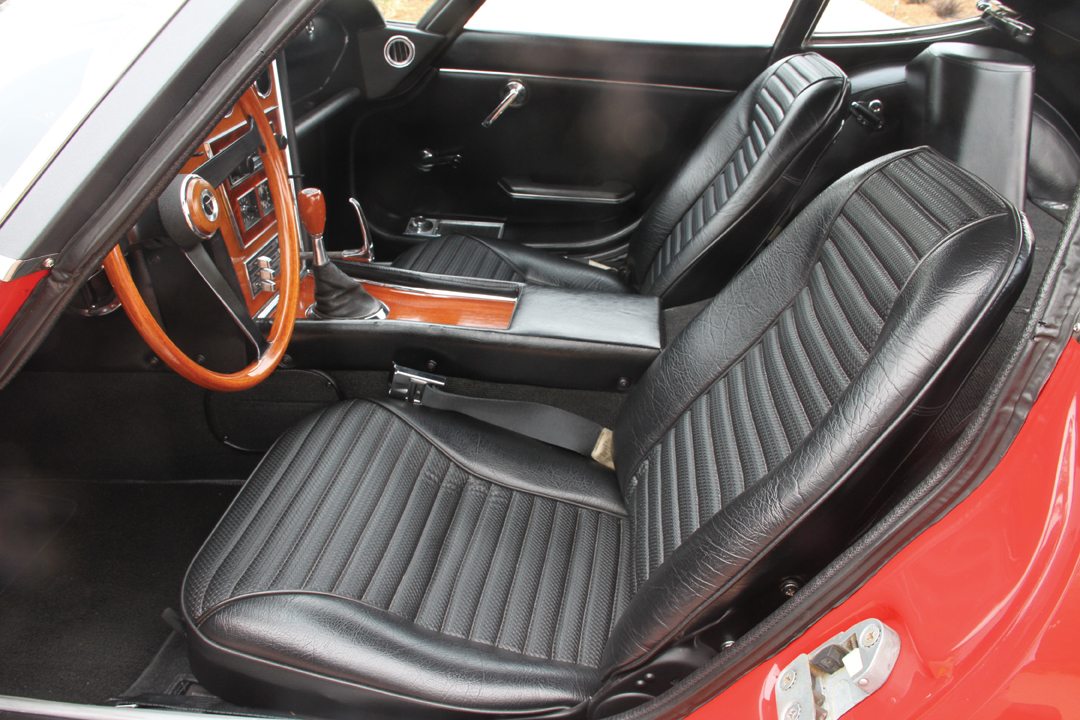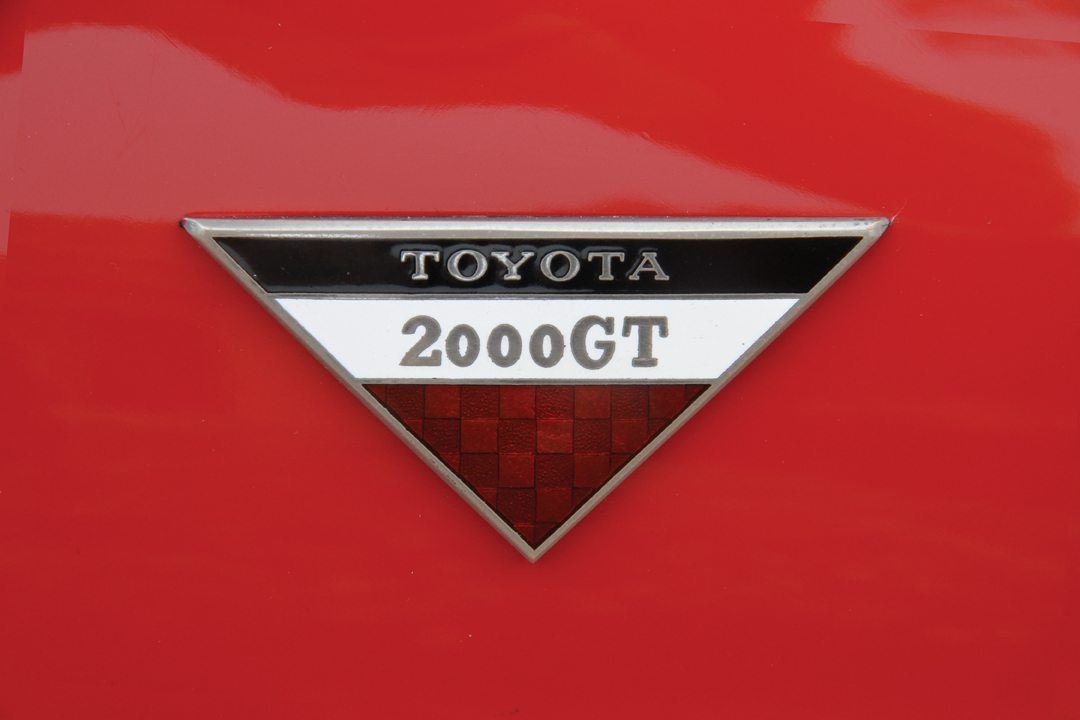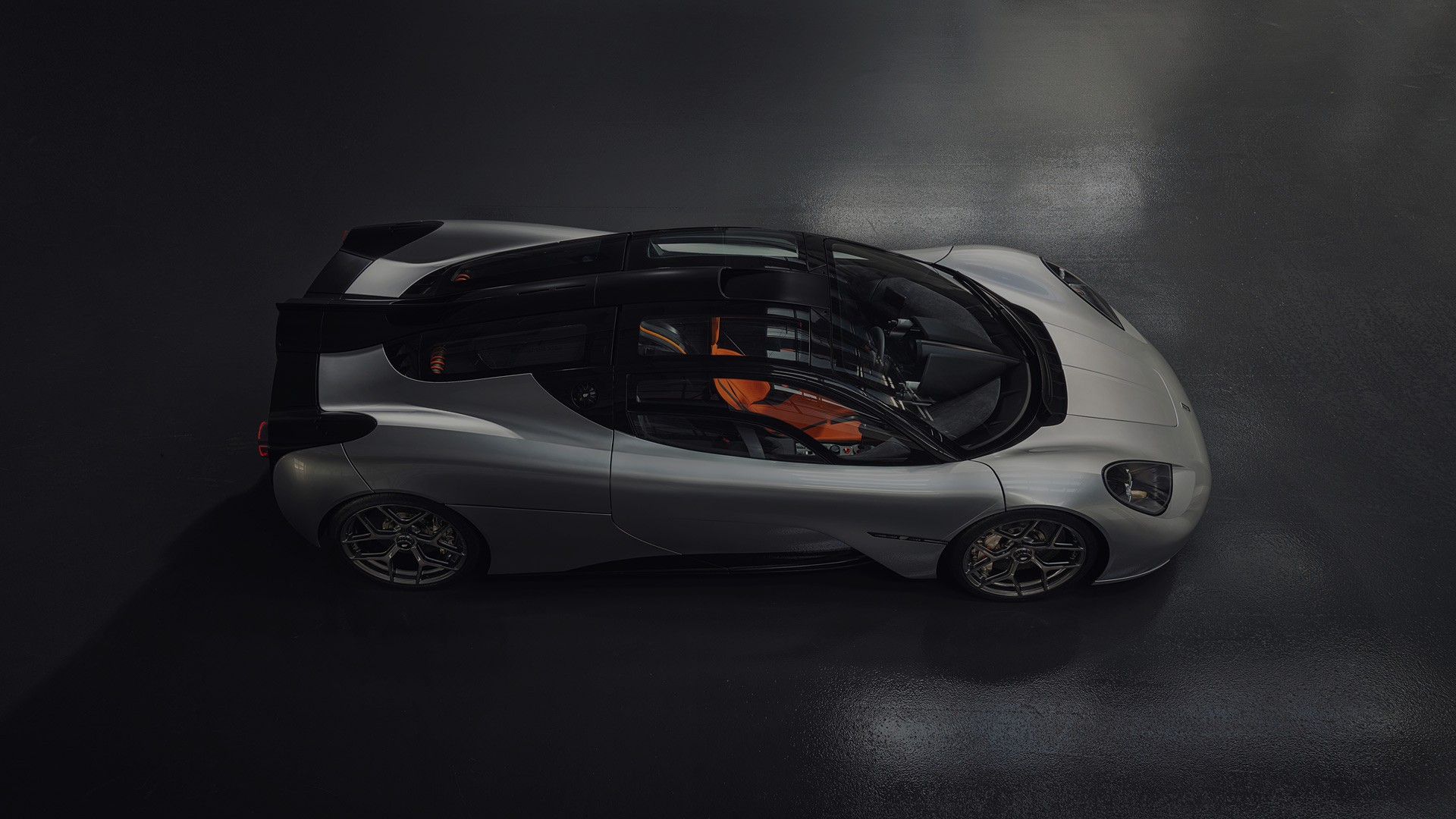Toyota 2000 GT
In the world of collectable vintage sports cars, well-known names come to mind: Ferrari, Porsche, Jaguar, and many others originating from the European continent, plus a few American sports cars in the mix, like the Corvette and Cobra, but rarely any cars from the Island of Japan. The 1950s and 1960s were the golden age of sports cars, capturing the imagination of automotive enthusiasts around the world, and especially in the U.S. where most of the world’s sports cars were sold. One such enthusiast was Dan Egan. Born and raised in Southern California, Dan was living in the largest hotbed of automotive activity on the planet in the late 1960s when he first saw the car that would start a life-long love affair. While attending a SCCA regional event at Riverside in 1968, he saw Carroll Shelby’s team ringing out two new cars that he had never seen before. No, not Cobras, and not Mustangs. What are those things he wondered? They were Toyota 2000GTs.
In the 1960s, Toyota was not the worldwide automotive giant it is today. In the mid ’60s, many people had never seen or heard of a Toyota. Those who did know about Toyotas considered it a producer of cheap, low-line economy cars. Toyota wanted to prove to the world that Japan could build a world-class sports car, so it teamed up with Yamaha to design, engineer and build the 2000GT, first showing it at the Tokyo Motor Show in 1965.
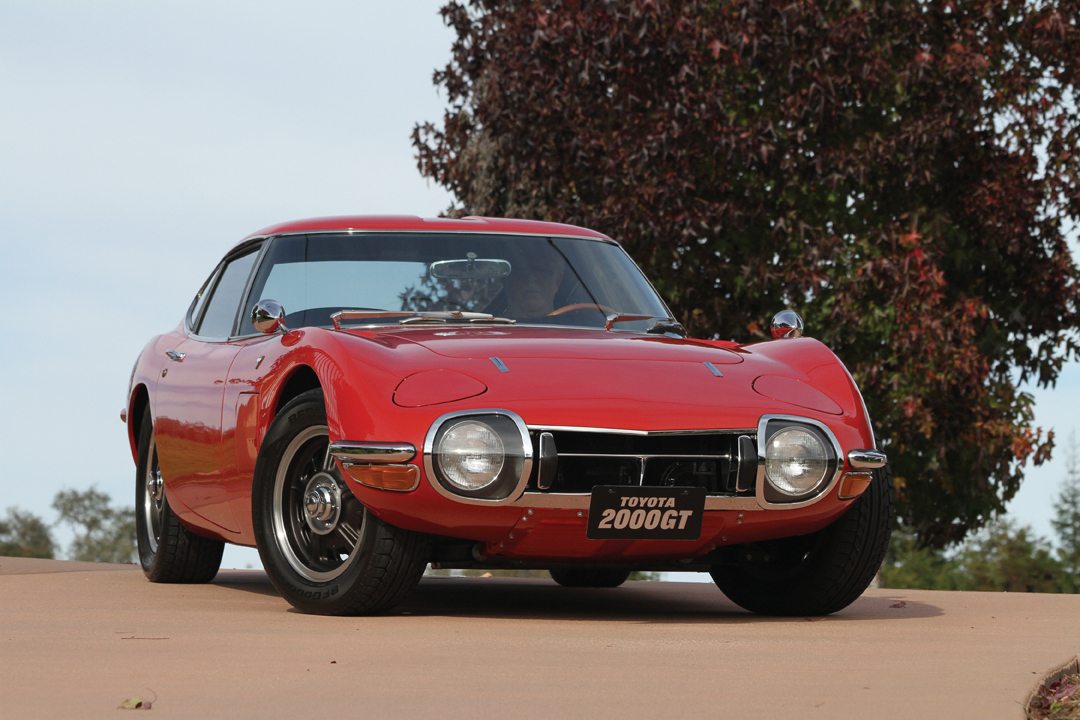
Dan Egan certainly took notice that memorable day at Riverside in 1968, and vowed he would own one someday. Rare even when new, Dan would not lay eyes on another 2000GT until two years later. While serving in the Navy, he saw one at a Volvo dealer in Honolulu, rekindling his desire for one of these cars. A couple more years went by before he encountered another 2000GT. While doing a flooring job in Brentwood, California, the owner of the house had one parked in the driveway when he rolled up to the job. The sight of another 2000GT cemented his resolve to own one of these cars. In 1974, he finally got his chance.
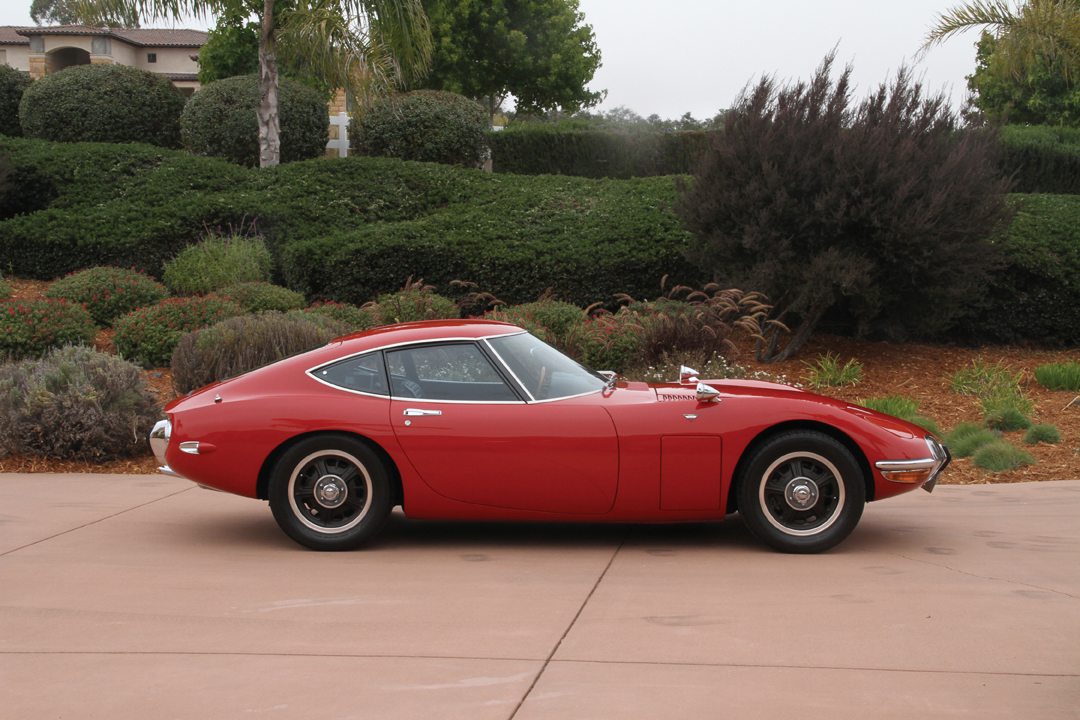
Dan used the car to commute to and from work for about four years and then sparingly until 1981 when a problem developed with the starter. “I put it up on jack-stands, and started to tinker with it. I had problems finding parts, and before I knew it, years went by,” says Dan. The car was in Dan’s garage up on the stands when the 1994 Northridge Earthquake struck Southern California. The quake caused the car to fall off its jack-stands, resulting in some damage to the rocker panels.
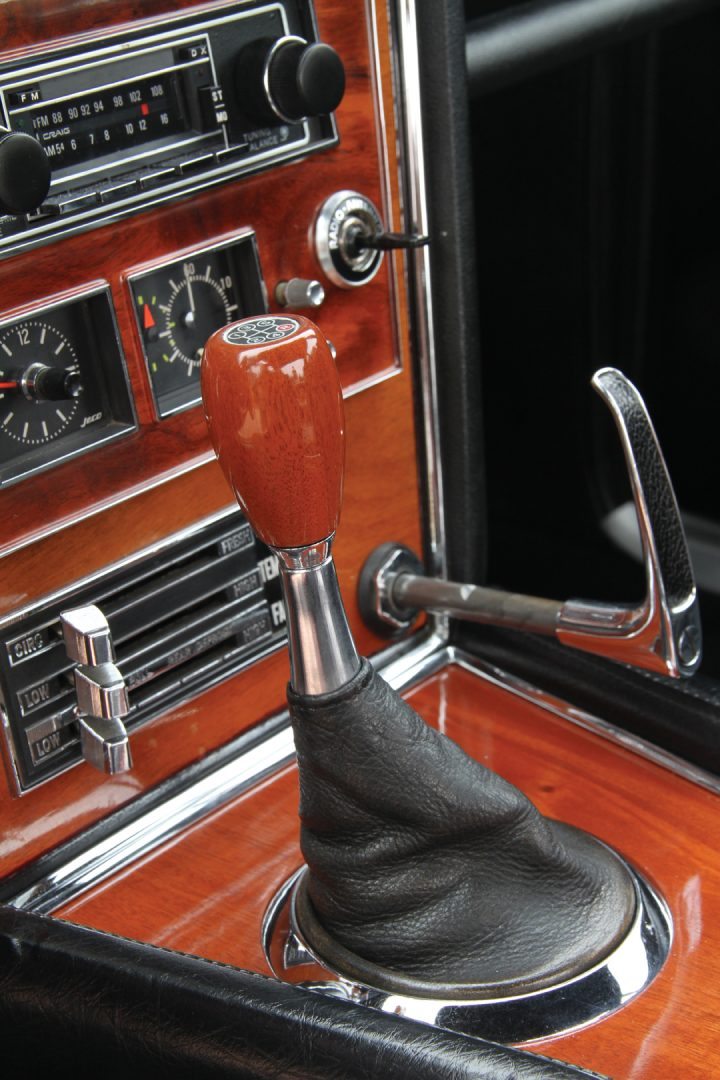
Bob Tkacik and Peter Starr from Maine Line Exotics are considered to be the foremost restoration experts on the Toyota 2000GT, and have been restoring them since 1976. Although Dan’s car was still in nice original condition, it was starting to show its age, and was in need of some cosmetic and mechanical attention. The car was sent to Maine Line Exotics in 2006 where it received a full service and had all the mechanical components checked and rebuilt as necessary. The engine, however, has never been apart. The interior needed only a minor repair to the driver’s seat and carpet area. The body was repaired and treated to a new paint job, returning this rare car to its original glory.
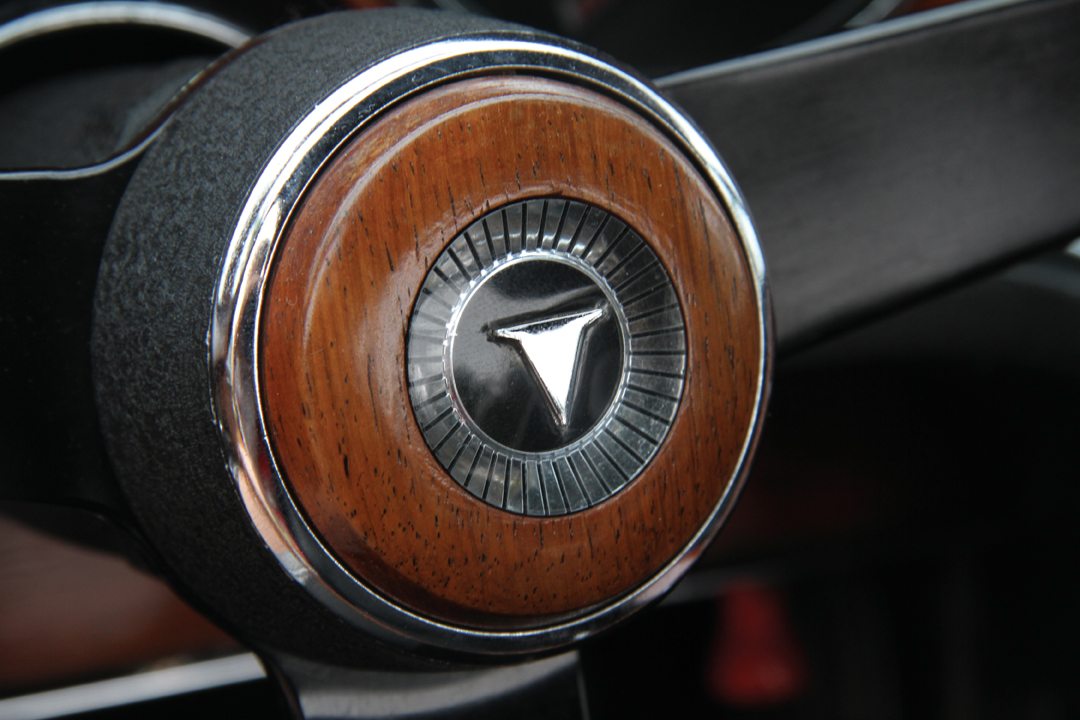
“The blue and gold California plates issued to the car in 1974 need to stay on it. They are part of the history of the car. Part of my history with this car,” protested Dan to the DMV. He went around and around with DMV, agreeing to get DMV’s repro “Legacy Plates” but even that was rejected. Finally, someone at DMV sympathized with him, made a call, got approval, and gave him his new tags to use on his old plates. Dan is passionate about preserving the car’s history, right down to the license plates.
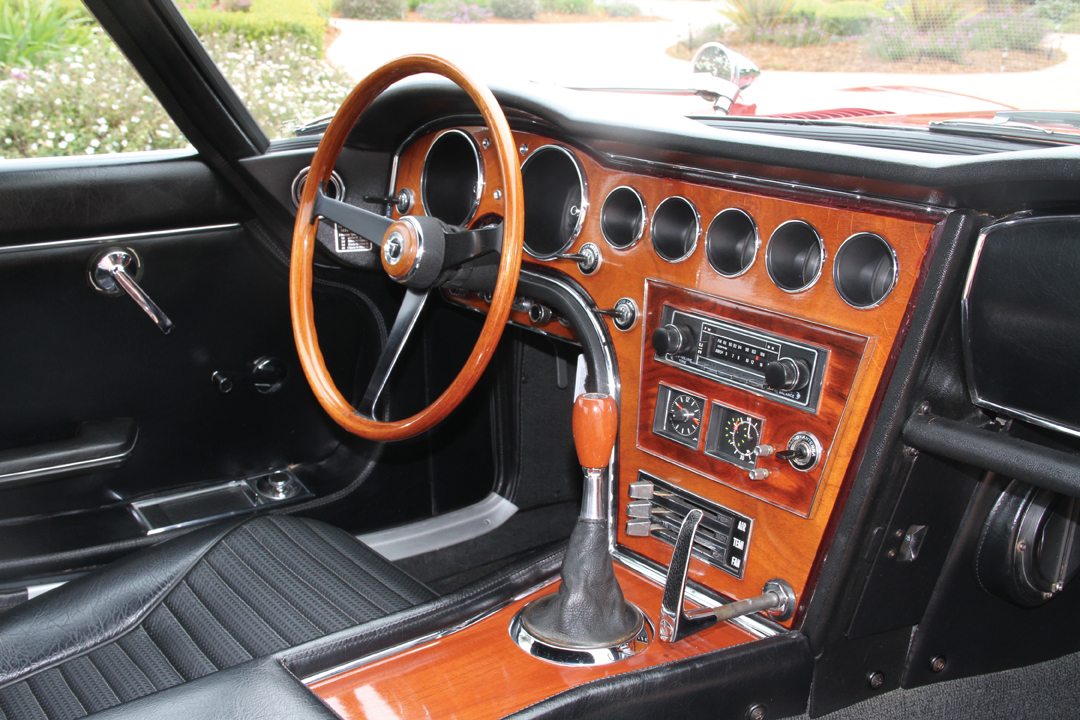
Behind the Wheel
Driving a 2000GT will impress whoever drives or rides in one today, and has since it was new. Road & Track tested a 2000GT for its June 1967 issue, stating, “When it comes to ride and handling, nobody in his right mind could need or want more in a road vehicle than the 2000 GT has to offer.” Dan’s car is the 97th car built of approximately 351 cars produced, and one of about 60 left-hand-drive cars imported to the U.S.
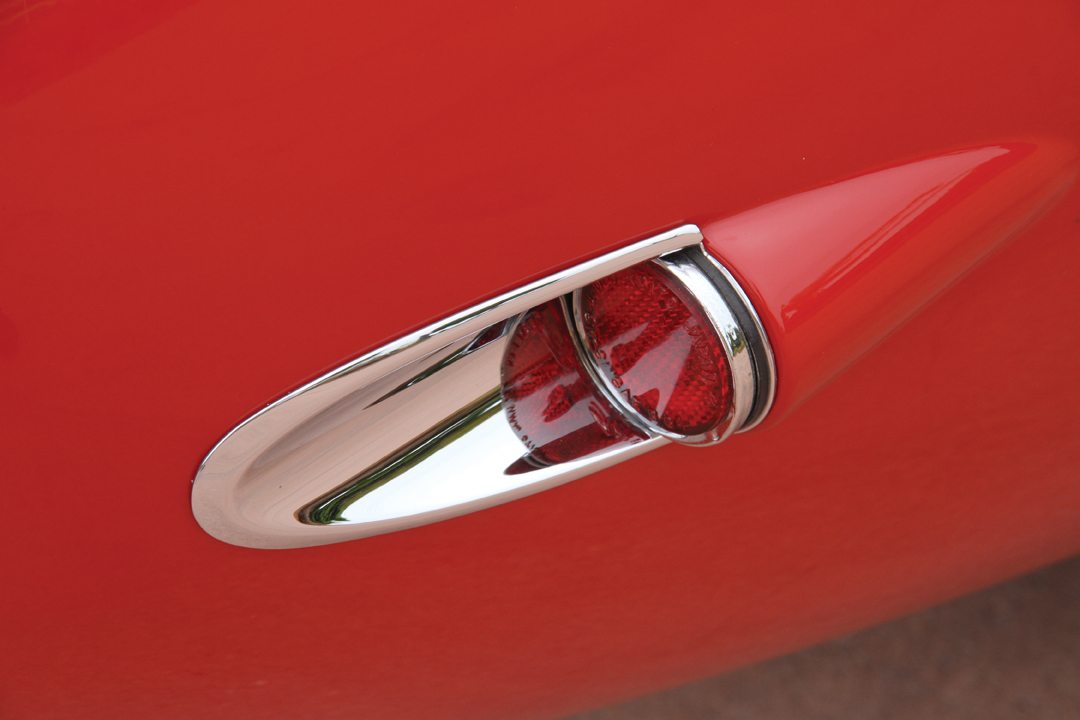
To start the car the key is turned to the “ON” position for about 30 seconds to allow the electric fuel pump to activate and the ticking sound to become muted, then the engine will fire up. The engine’s seven main bearings on the crankshaft and the two camshafts is smooth at idle and at high rpm. The pedals are positioned nicely, and require the right amount of pressure when depressed. Gear shifting is precise with about a three-inch throw, so finding the next gear is not an issue. Fifth gear is very tall, almost an overdrive, and is rarely used by the car’s owner. When driving the car and going through the gears, the engine can easily live between 5,000 and 6,000 rpm. Don says, “It will pull steadily to 7,000 rpm if asked,” but also cautions, “I’ve owned this car since 1974 and the engine has never been taken apart, so I don’t want to stress it too much.”
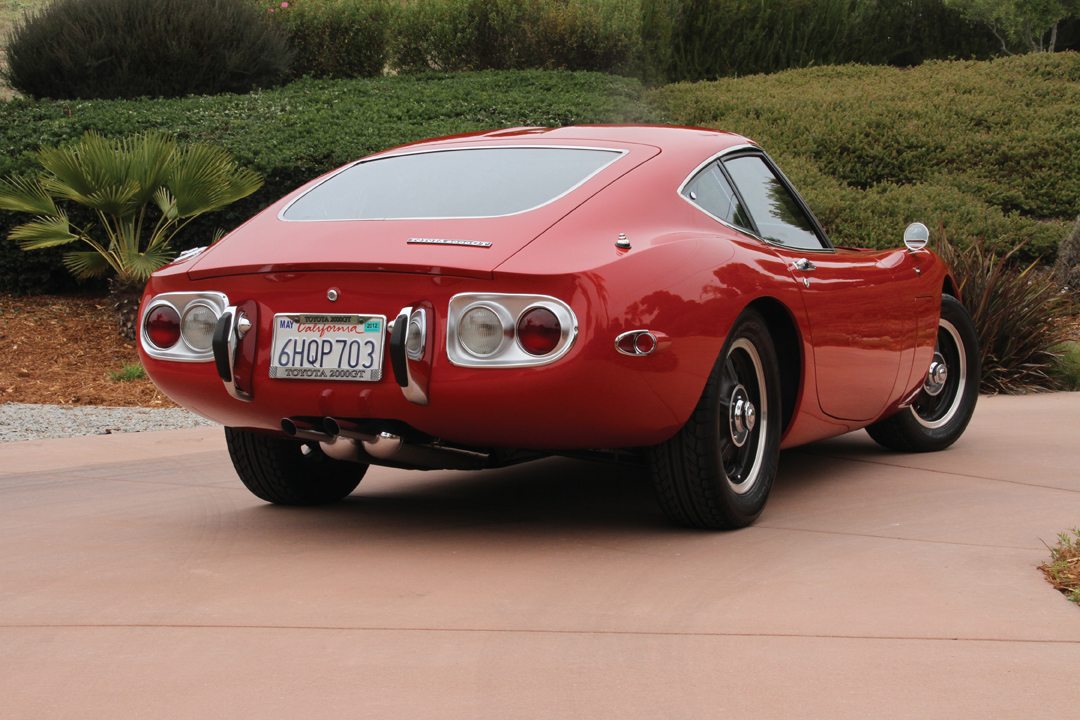
After driving Dan’s well-preserved example, I had to ask: “These cars have escalated in value in recent years, and now superb examples like yours sell for over a million dollars. Have you ever been tempted to sell it?” Dan told me, “No, not really. I guess years ago there were times when I was not driving it and I could have really used the money, but I never seriously considered it. I just love this car, and I like driving it. Sometimes, even to this day, I see it across a parking lot and get excited all over again. It is such a great looking car. It just does not have a bad angle to look at. Every line on the car is curved. It is a very sensuous looking vehicle. It is beautiful! I will never sell it.”


